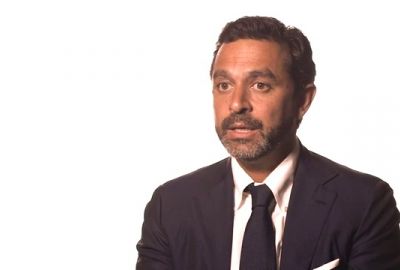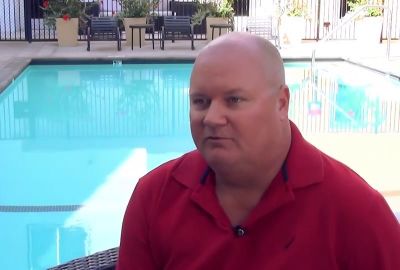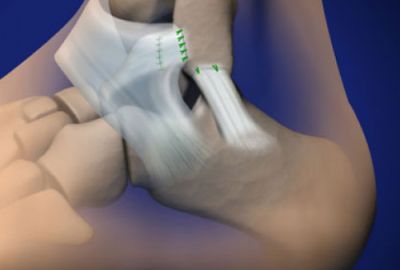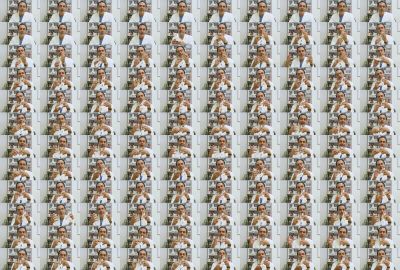- Home
- Foot & Ankle Conditions
- Ankle Sprains and Chronic Ankle Instability
Ankle Sprains and Chronic Ankle Instability
Ankle sprains often occur while participating in sports, walking on uneven surfaces, or just awkwardly planting the foot.
The most frequent type of sprain is called an inversion sprain, which is when the outer ligaments stretch or tear as the foot is rolled outward, with the sole facing in.
Less common is a medial sprain, which is when the foot rolls inward and overstretches the inside ankle ligaments.
- When to see a doctor for an ankle sprain
- What are the symptoms of an ankle sprain?
- How do you diagnose the severity of a sprained ankle?
- What is a high ankle sprain?
- How are ankle sprains treated?
- When ankle sprains turn into chronic ankle instability
- Why partner with UFAI for your ankle treatment?
- Ankle Sprain FAQs
- Should I see an orthopedist or a podiatrist for my sprained ankle?
- Ankle sprain vs ankle fracture, what's the difference?
- How do you prevent ankle sprains?
-
Foot and Ankle Surgeon and Director of University Foot and Ankle Institute
Dr. Bob Baravaria DPM, FACFAS is a Board-Certified Podiatric Foot and Ankle Specialist. He is an assistant clinical professor at the UCLA School of Medicine and serves as Director of University Foot and Ankle Institute.
Dr. Baravarian has been involved in athletics his entire life and played competitive tennis in high school and college. He has an interest in sports medicine, arthritis therapy, and trauma/reconstructive surgery of the foot and ankle. He is also fluent in five languages (English, French, Spanish, Farsi, and Hebrew),
Read Our Blog Articles About Chronic Ankle Instability
 Great doctors and great staff!Beckett B.
Great doctors and great staff!Beckett B. Dr. Nalbandian answers all my questions clearly and tries to find a solution to make my feet feel better in spite of their shor...Jennifer P.
Dr. Nalbandian answers all my questions clearly and tries to find a solution to make my feet feel better in spite of their shor...Jennifer P. You sure had me wait a long time before I saw the doctor, but Alex was fine and came in to see me twice.
You sure had me wait a long time before I saw the doctor, but Alex was fine and came in to see me twice.
KKatherine D. Friendly service every time I visit. Dr Fransen is thorough and on time with his appointments which is a blessing since other ...Marsha C.
Friendly service every time I visit. Dr Fransen is thorough and on time with his appointments which is a blessing since other ...Marsha C. This is the second foot medical issue I’ve experienced. Both times, I went to UFAI. Both experiences were great! Thank you!Paulette A.
This is the second foot medical issue I’ve experienced. Both times, I went to UFAI. Both experiences were great! Thank you!Paulette A. It was a very pleasant experience.Sylvia L.
It was a very pleasant experience.Sylvia L. I love the 7:00 appointments.
I love the 7:00 appointments.
Everyone I dealt with was great!Tom D. Everything went well. Dr. Franson is an amazing doctor.Constance M.
Everything went well. Dr. Franson is an amazing doctor.Constance M. Always a pleasant experience with Dr. Franson and his staff…Estella C.
Always a pleasant experience with Dr. Franson and his staff…Estella C. Thorough medical history questions and prompt follow up to blood work testsMelissa H.
Thorough medical history questions and prompt follow up to blood work testsMelissa H. Positive. I will continue to see Dr Brisken as needed.Bonnie G.
Positive. I will continue to see Dr Brisken as needed.Bonnie G. Was recommended to Dr. Baravarian when I started having foot pain. Dr. B. diagnosed it as plantar fasciitis. I was set up wit...Beth S.
Was recommended to Dr. Baravarian when I started having foot pain. Dr. B. diagnosed it as plantar fasciitis. I was set up wit...Beth S.
-
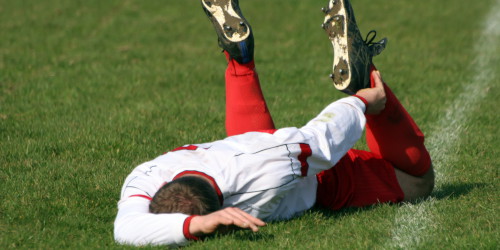 Why Do So Many Pro Athletes Suffer from High Ankle Sprains?
Read More
Why Do So Many Pro Athletes Suffer from High Ankle Sprains?
Read More
-
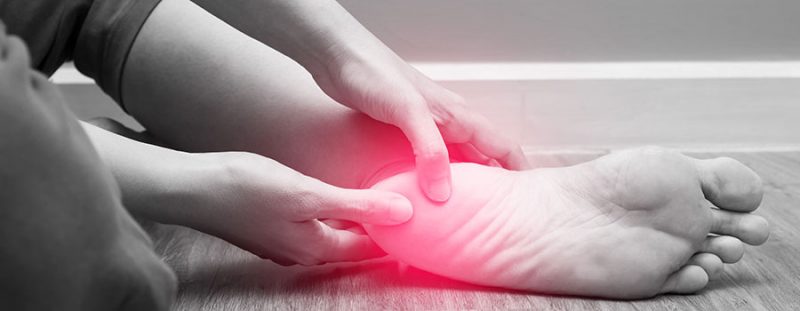 Listen Now
7 Causes of Inner Ankle Pain Revealed!
Read More
Listen Now
7 Causes of Inner Ankle Pain Revealed!
Read More
-
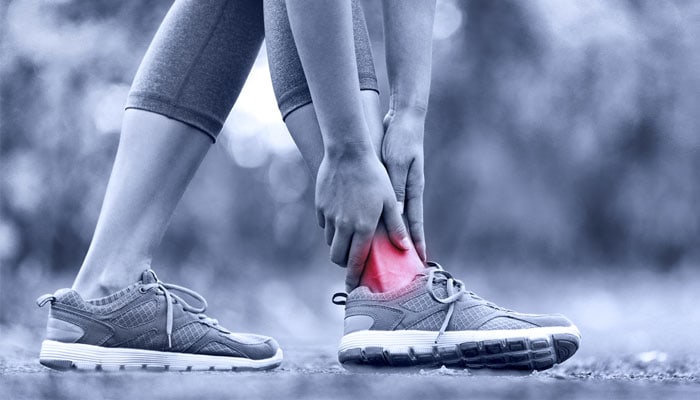 Listen Now
5 Signs your Ankle Sprain Might be a Fracture
Read More
Listen Now
5 Signs your Ankle Sprain Might be a Fracture
Read More
-
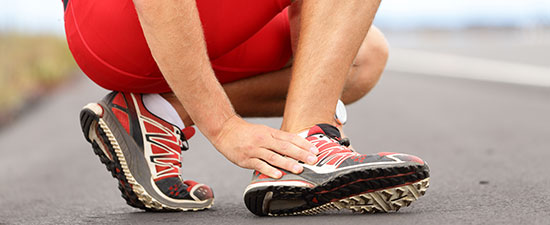 Listen Now
5 Reasons Why You Have Pain on the Outside of Your Foot
Read More
Listen Now
5 Reasons Why You Have Pain on the Outside of Your Foot
Read More
-
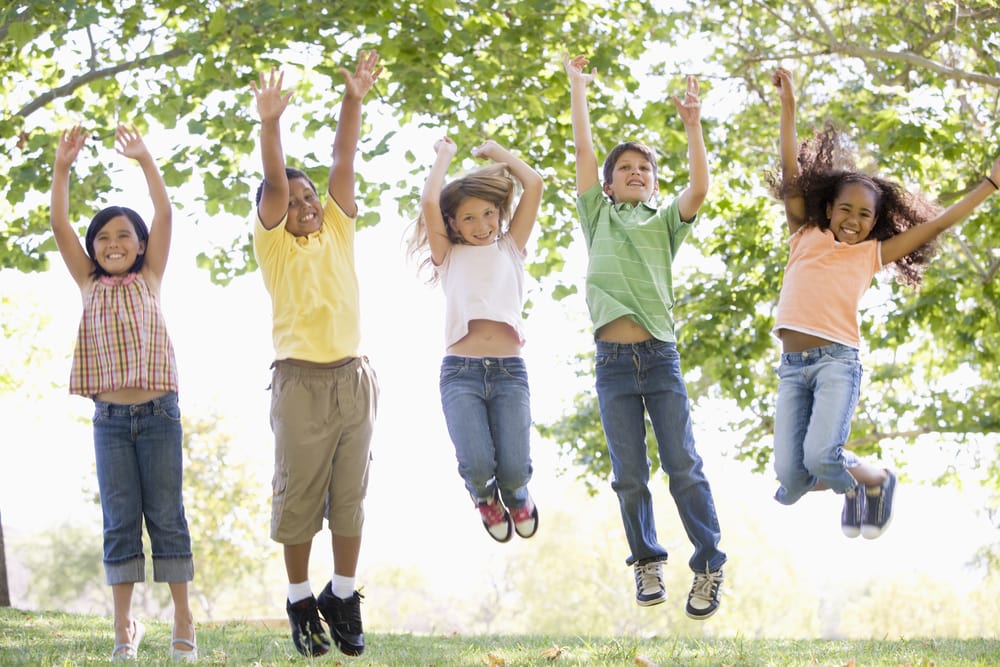 Listen Now
Kids’ Feet and Growth Plates: 5 Problems to Watch For
Read More
Listen Now
Kids’ Feet and Growth Plates: 5 Problems to Watch For
Read More

